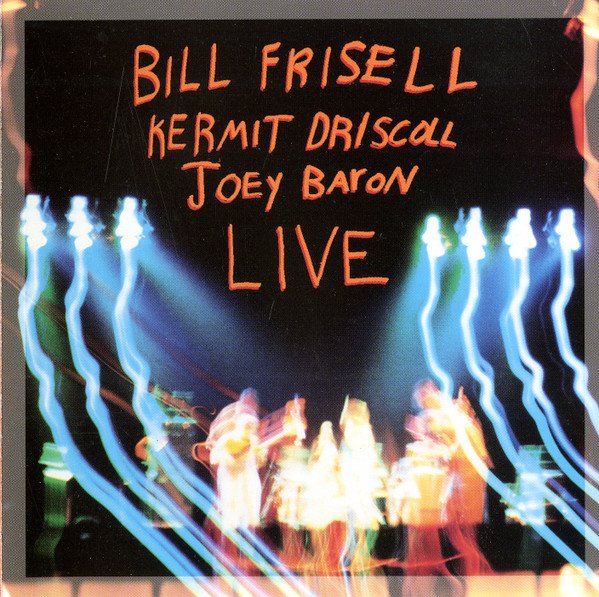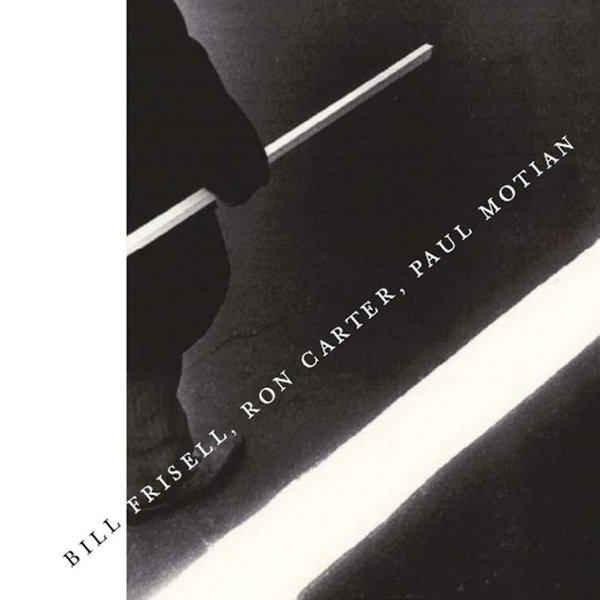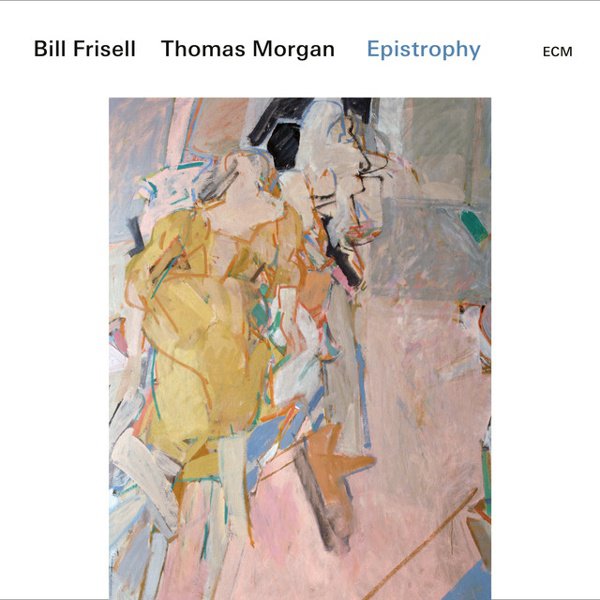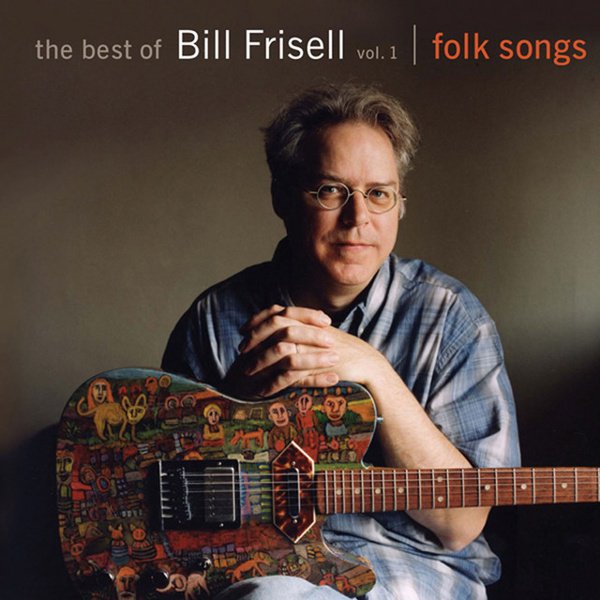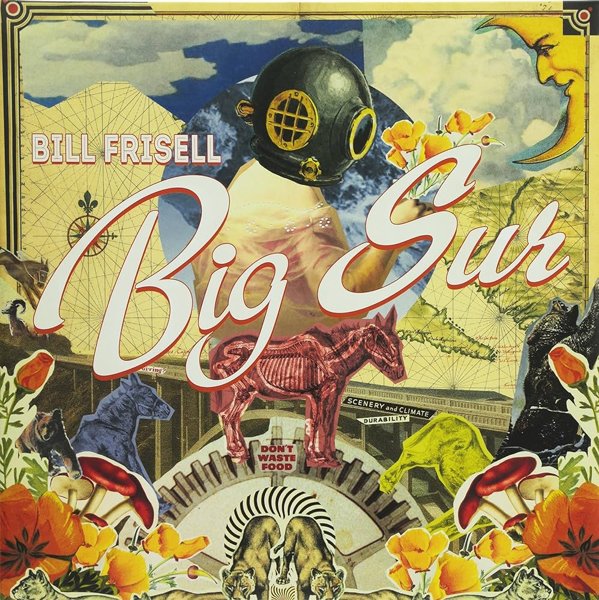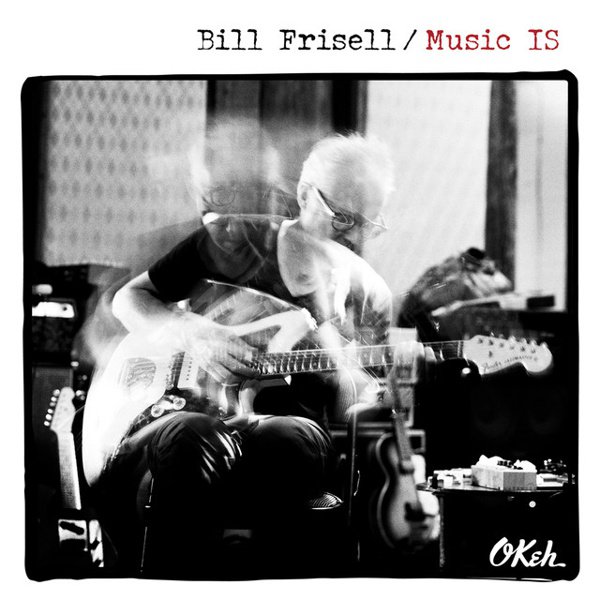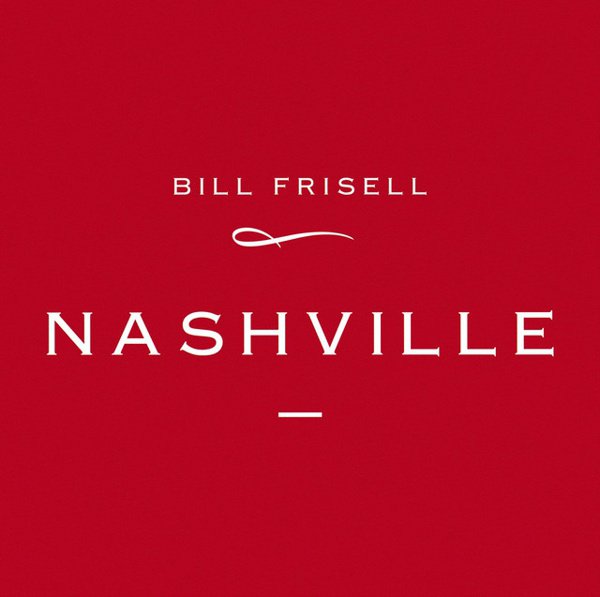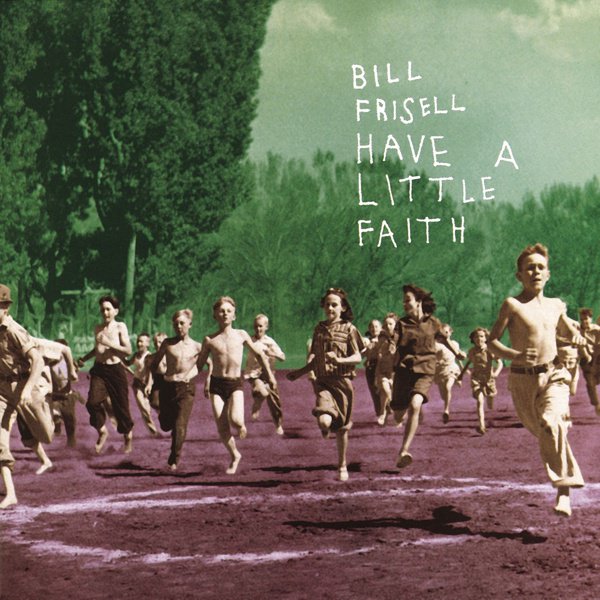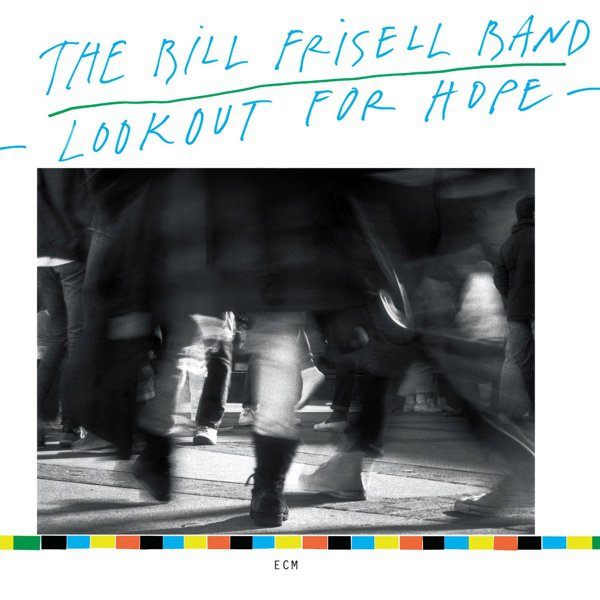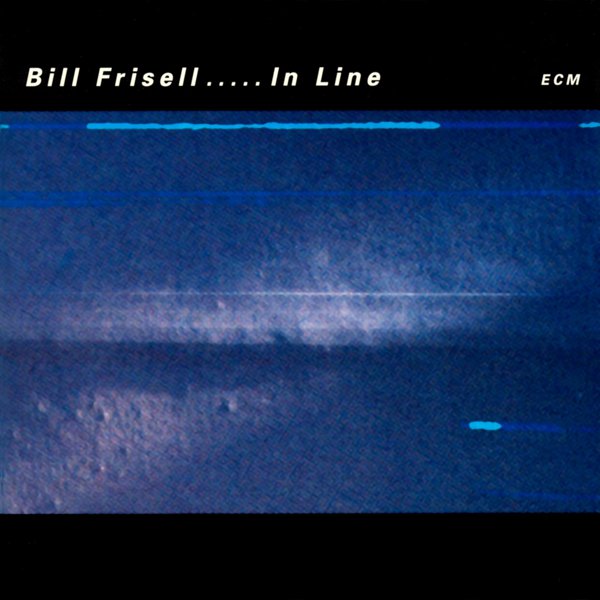There is a select handful of jazz guitarists who have an immediately recognizable tone. John Scofield is one, so is Pat Metheny, and so is Mary Halvorsen. But no jazz guitarist has quite as distinctive a sound as Bill Frisell, and few are as renowned for the beauty as well as the uniqueness of their personal tone. While he’s fully capable of shredding and creating hellacious noise – as some of his earlier work, particularly with John Zorn’s Naked City ensemble, makes clear – Frisell has always been much more likely to work in a lyrical vein, often drawing on elements of American folk and country music while at the same time incorporating delay, chorus, and looping effects in creative ways.
Frisell came to national attention in the 1980s, when he was part of the fertile New York scene and was not only playing avant-garde skronk with John Zorn and others but also gently expanding the boundaries of straight-ahead jazz with his own trio and as part of drummer Paul Motian’s combo (with whom he was featured on a series of standards albums released under the title On Broadway). During this period he also played as a sideman on several experimental jazz albums on the ECM label and released the solo albums In Line and Rambler, which foreshadowed some of his later stylistic directions.
In the 1990s Frisell began digging into a variety of American music traditions, bringing more elements of country music into his playing while also recording arrangements of works by classical composers that had themselves incorporated elements of folk and country music – in particular Aaron Copland’s Billy the Kid. In more recent years the Carter Family song “Wildwood Flower” has become a staple of his live performances, and he has also performed a solo arrangement of the Beach Boys’ “Surfer Girl” that is notable for both its tenderness and its melodic invention.
Since the turn of the century Frisell’s projects have become ever more diverse and adventurous, even as they have tended to remain accessible to a broad audience and as he has continued to play prolifically in a straight-ahead style (notably with a standard guitar trio featuring bassist Thomas Morgan and drummer Rudy Royston). He created an instrumental album featuring his arrangements of songs from Elvis Costello and Burt Bacharach’s album Painted from Memory, an album-length program of arrangements of John Lennon’s songs, an album of musical responses to the photographs of Mike Disfarmer, a suite of program music inspired by Big Sur, and many more. He continues to be very much in demand as a session player and has helped to foster the careers of young musicians of a similarly adventurous bent including Mary Halvorsen, Jenny Scheinman, and the late Ron Miles.

